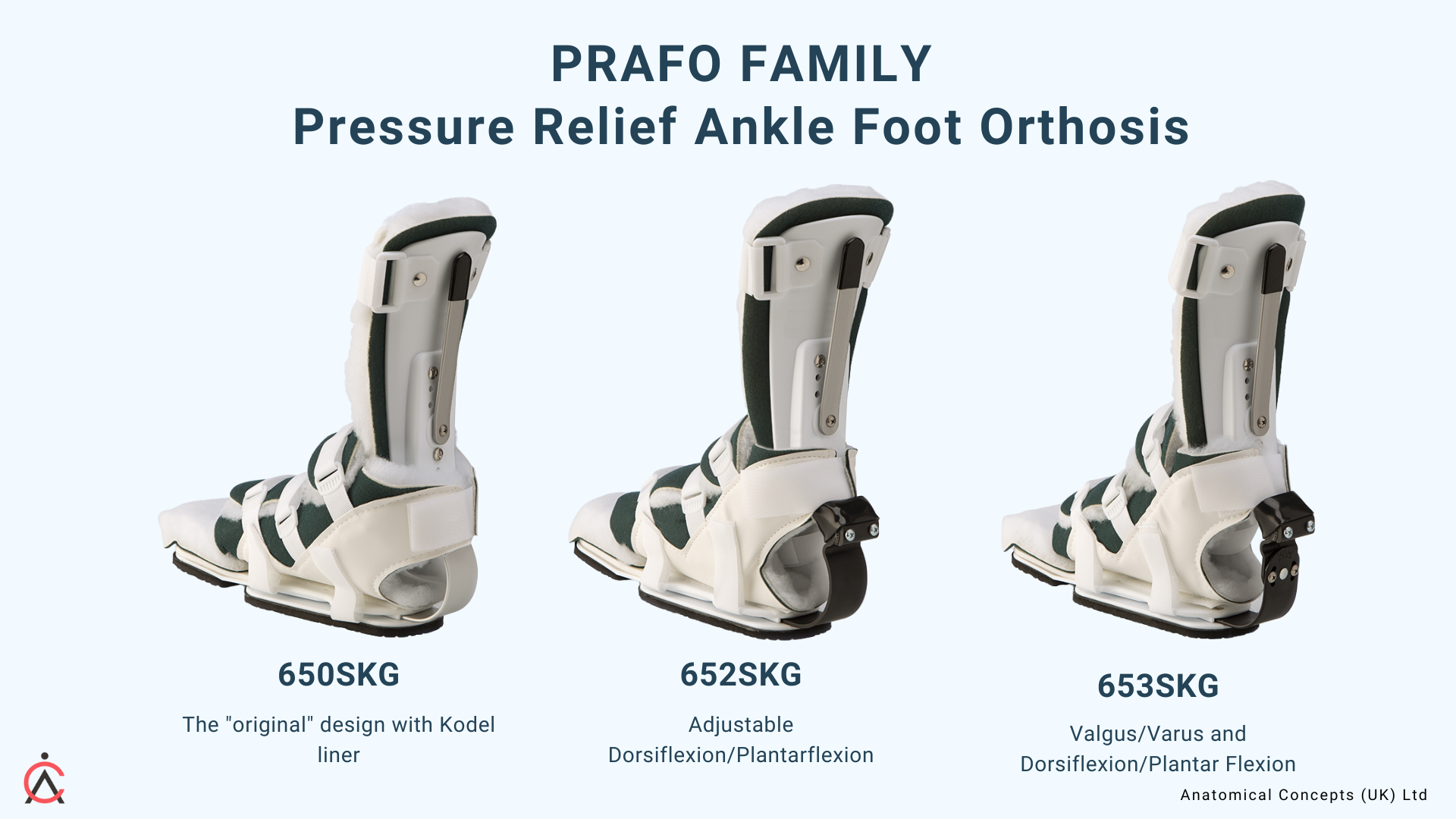Pressure ulcers at the heel in 2020
It’s estimated that over 400,000 individuals will develop a pressure ulcer each year in the UK with a total cost to the healthcare system estimated to be between £1.4 and £2.1 Billion. If we went back in time a decade or two we would still recognise that pressure ulcers are a serious - and yet - preventable problem. Of course just because something is preventable doesn’t make it easy to prevent. Let’s take a look at what pressure ulcers are and why they seem to be so difficult to deal with. Sadly, this 2020 article could just as easily been written 20 or 30 years ago - the problems are still with us.
What are pressure ulcers?
These are sometimes known as pressure sores, bedsores or decubitus ulcers and are commonly seen where persons are at particular risk due to their medical status. There are a many medical risk factors as the table illustrates.
However, the medical risk factors are not sufficient to cause pressure ulcers. We need additional “mechanical risk” factors to cause pressure ulcers.
Where pressure ulcers arise
When we examine the situation we see that pressure ulcers tend to occur in specific places where the bones are close to the surface. When a person has some of the medical risk factors above and is, for example, lying in bed, we place particular parts of the body in circumstances when pressure ulcers can arise. We see ulcers at the heels and other bony prominences.
There is a general recognition that “pressure” is to blame - hence the description “pressure ulcer”- but unfortunately there isnt always a real grasp of the mechanical effects at work. Specifically the mechanical effects are pressure, friction and shear.
We will explain these terms in more detail in future articles but for now it’s good enough to know that ideally for prevention or treatment of ulcers ALL these mechanical effects should be removed from areas at risk. In simple terms the chain of events in ulcer development goes something like this.
Pressure ulcer development
In the heel area we potentially have a small contact surface area with the bed and consequently the applied pressure to the tissue can trigger the chain of events we see above.
Whether the pressure is high for a short time or lower for a longer time, the consequences can be the same.
The best answer is not to “put something soft” under the heel as this may not be sufficient to eliminate the risk. There is no such thing as a safe level of pressure.
For reasons left to another article, shear effects and friction can be even more destructive.
Whilst a pressure relief mattress might seem to be the (expensive) solution and can certainly help with the risk of sacral ulcers etc, the heel often needs specific protection when there is an existing ulcer at the heel, a risk of contracture development at the foot and ankle or there is a need for protected mobility.
The PRAFO (Pressure Relief Ankle Foot Orthosis) range was developed to prevent and treat pressure sores at the heel by providing relief from all of the destructive mechanical effects of pressure, friction and shear at the vulnerable heel area.
Preventing and Managing Pressure Ulcers
The PRAFO range of ankle foot orthoses have developed over the years to be the premier solution for the prevention and treatment of heel ulcers. The three models shown above all feature an adjustable metal frame, an intrinsic walking base and replaceable Kodel liner but many other options are available. Used by hundreds of UK, NHS hospitals and available through your favourite orthotic service provider or directly from us.
Contact us for pricing or details of your nearest supplier.





